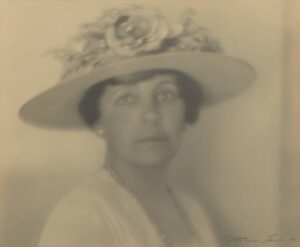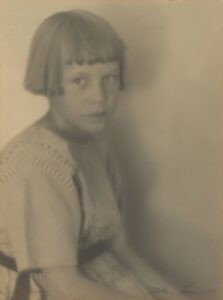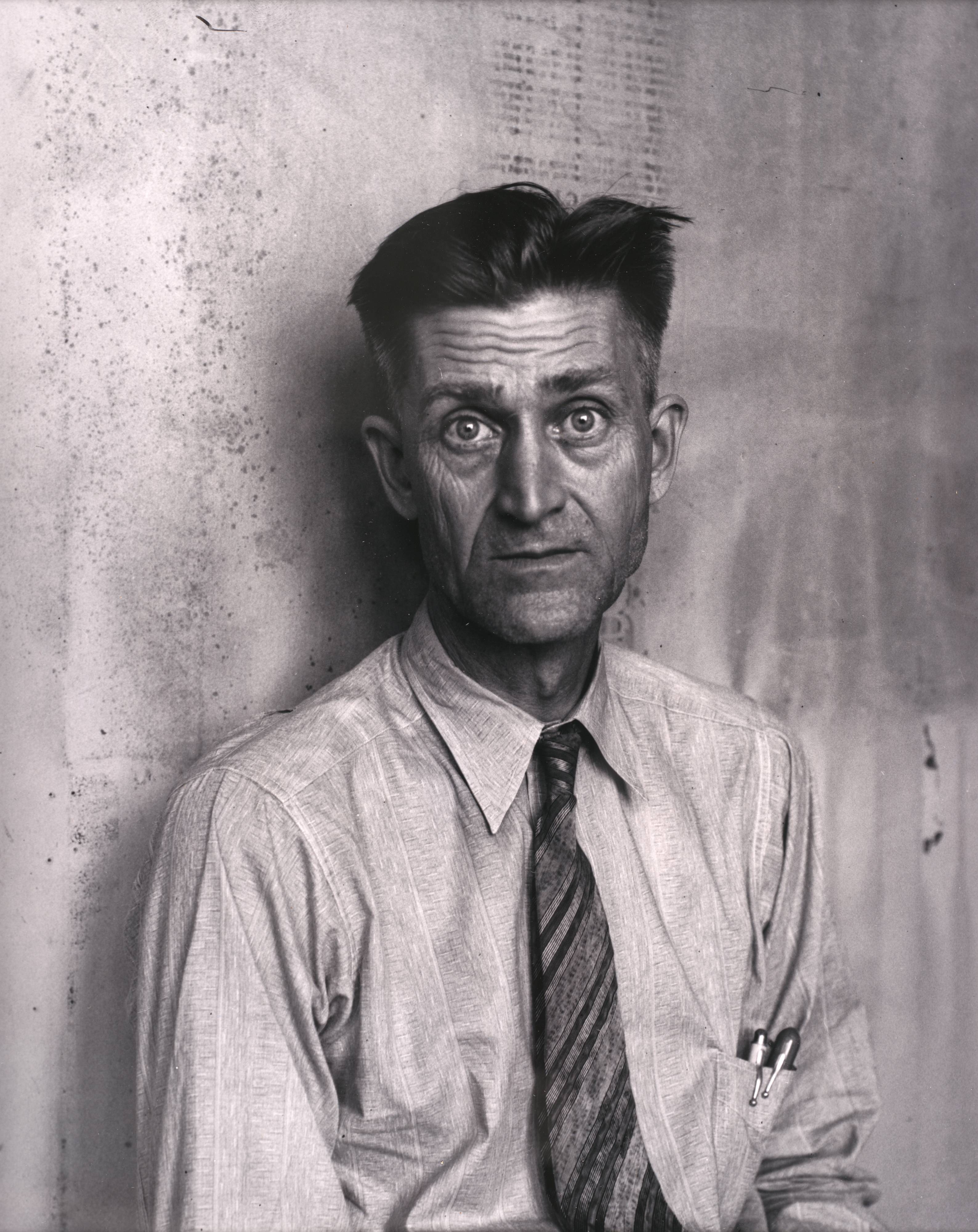Dorothea Lange was a successful portrait photographer in San Francisco when the stock market crashed in 1929. As her business diminished with the Depression, she began photographing the world around her, including labor strikes and protests. Then married to renowned California landscape painter Maynard Dixon, Lange became increasingly politicized.
She found work with a series of relief organizations, most significantly the Resettlement Agency, later called the Farm Security Administration. On one of her early government jobs she met the economist Paul Taylor, whom she would later marry and with whom she would collaborate on several projects, including the book An American Exodus. Her 1936 photograph Migrant Mother has become an icon of the Depression era, embodying the human toll exacted during those bleak years.
 Dorothea LangeAnagusta Reiners (Mrs. John A. Reiners)1921
Dorothea LangeAnagusta Reiners (Mrs. John A. Reiners)1921 Dorothea LangeFrances Reiners (Mrs. Al Esberg)1921
Dorothea LangeFrances Reiners (Mrs. Al Esberg)1921 Dorothea LangeJ. R. Butler, President of Southern Tenant Farmers' Union, Memphis, Tennessee1938
Dorothea LangeJ. R. Butler, President of Southern Tenant Farmers' Union, Memphis, Tennessee1938